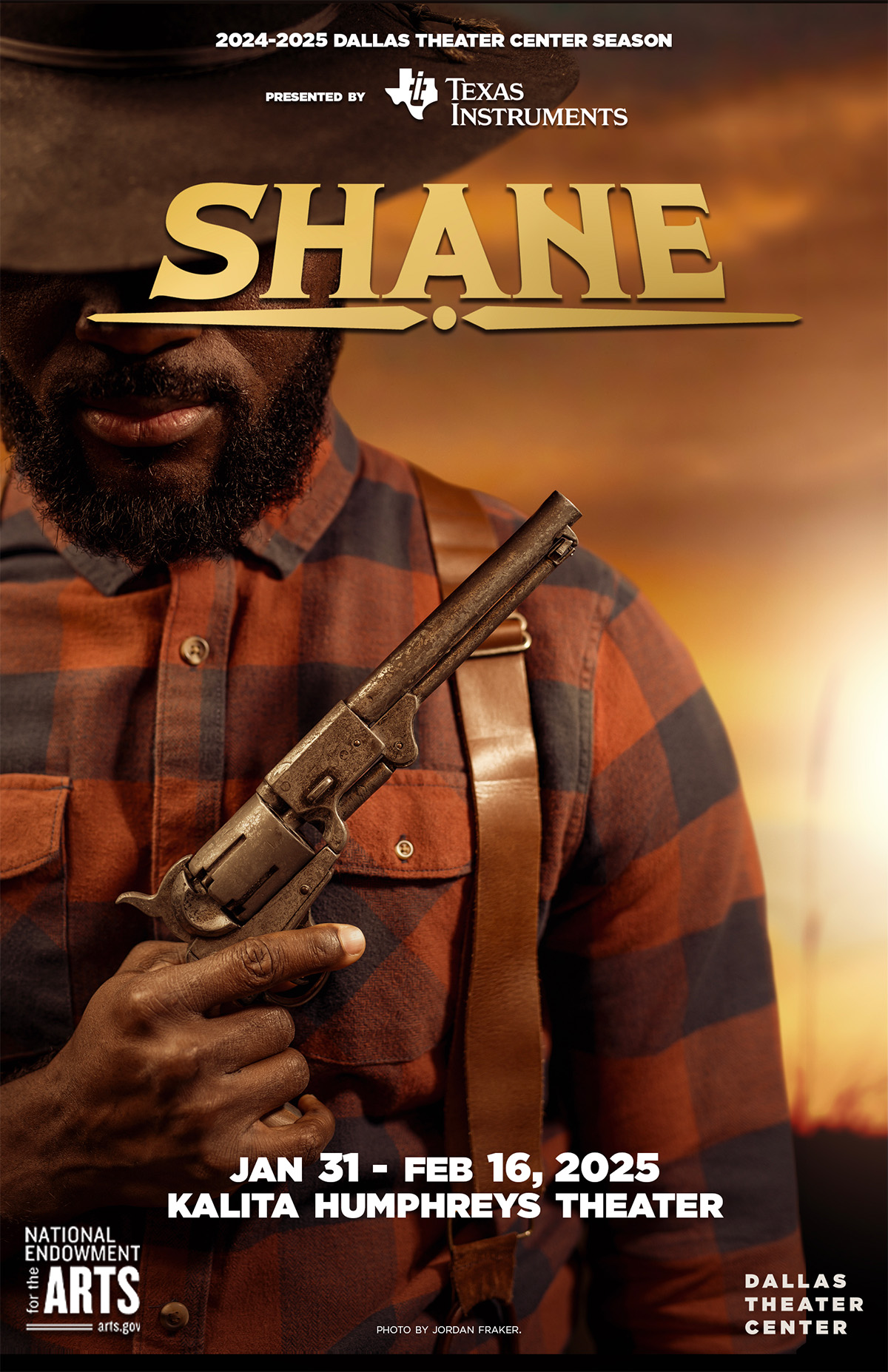
 The Western is one of the most iconic American literary genres. In books and movies the Western captured and defined essential aspects of the American experience throughout the twentieth century. Shane ranks high on any list of the greatest Western masterpieces.
The Western is one of the most iconic American literary genres. In books and movies the Western captured and defined essential aspects of the American experience throughout the twentieth century. Shane ranks high on any list of the greatest Western masterpieces.
Written by Jack Schaefer in 1946 and originally titled, Rider from Nowhere, the story first appeared in Argosy magazine, where it was published in three parts. In 1949, Schaefer expanded the story and published it as the novel, Shane. It has since been printed in more than seventy editions, translated into more than thirty languages, and adapted in many ways. The first adaptation was the Oscar-winning 1953 film starring Alan Ladd, which AFI ranked third on its list of the ten greatest Western films. Among other things, the novel has also inspired a 1966 TV series starring David Carradine, a 1982 pop song by Kim Wilde, and the Marvel superhero film, Logan.
Shane has endured because of its lean plotting, richly drawn characters and resonant themes.
Set in Wyoming Cattle Country in 1889, the story revolves around a conflict between a small group of farmers who have come to the region as homesteaders and the ruthless cattle driver who intends to drive them out to shore up his wealth and power. When a mysterious and dangerous stranger, Shane, rides into town and befriends one of the farmers’ family, everyone’s lives change.
The character of Shane is a classic Western archetype: a skilled gunslinger who refuses to carry his gun and who, despite his desire to live peacefully, is called upon to sacrifice his own happiness and embrace violence for the community’s greater good. Similarly, the tension between the small-time farmers who are struggling to get by through hard work and the wealthy, powerful man who seeks to dominate them reoccurs throughout Westerns and, indeed, throughout American history.
Perhaps the greatest source of Shane’s enduring appeal lies in its themes, which remain powerful today. It explores both the occasional need for violence to ensure justice and the heavy toll it takes on those called upon to wield it on behalf of the community. It depicts the breakdown of the social contract when a powerful individual attempts to economically dominate his less fortunate neighbors. It celebrates the reverberating influence that a selfless adult can have on a child’s understanding of how to grow into someone who tries to do good.
One of the great joys of theater is that, even when telling stories of the past, a play always exists in the present moment in which it is being performed. Unlike a novel or film, theater artistry is never frozen in time. In the case of Shane, playwright Karen Zacarías has brought a fresh, contemporary perspective to this classic story. By expanding the voices to include Black, Mexican and Native American characters and creating a theatrical structure to allow the literary story to take life on stage, Karen has created an adaptation that honors the source material from the past while existing fully in the present. Most impressively, she has brought her deep humanity to the piece. As in all her plays (including Native Gardens and The Book Club Play, which DTC has previously produced), Karen has a profound understanding of the complexities of human nature, writing about her characters with both sharp insight and deep compassion.
It's an honor to have Karen return to Dallas for this production, joined by the esteemed director Blake Robison and an incredibly talented team of artists. They have created a production that allows us to enjoy the elements that have made the Western an enduring genre for generations while simultaneously sparking new insights into its rich themes.
I’ll see you in the lobby.

I first encountered the book Shane by Jack Schaefer, when I was a sixth grader, a year after my family and I had immigrated from Mexico to Boston. I had seen dubbed American westerns in Mexico; and the look of the American Cowboy is iconic worldwide. The story of Shane, however, was a different type of Western. It centered on a family, who like mine, had ventured to a different place in search of a safer and more prosperous future. The mother was called Marian, which is a common Latin American name and I imagined her as such. And the sensitive and mysterious Shane, described as a lean, dark figure…lived in my imagination as my hero Roberto Clemente, the Afro-Latino baseball legend who had died trying to fly supplies to Nicaraguan earthquake victims.
I devoured the book; wrote a book report on it (3-5 paragraphs!) and then re-read it again that summer. I’ve never seen the lauded 1953 movie starring Alan Ladd (which I’m sure is terrific) mostly because I so enjoyed and felt “at home” with the vision of Shane I had built in my head. It was my own version of American cowboys and the West. And perhaps only relevant to me.
Fast forward a couple of decades, I realized that the real American West was very different then what was always depicted in films. One fourth of cowboys were Black; Mexicans made up another fourth. And most films and books completely erased the tragic impact The Homesteading Act had on the Native American community and the complicated complicity Westerns have in corrupting that narrative. The book’s examination of American values, individualism, and masculinity, however, was still as relevant today as it was in 1949 when it was written.
So, I decided to revisit one of the first books I read in the United States with the memory of an eleven-year-old immigrant girl and the knowledge that came later… and, like Bobby in the book, see if I could unearth the story I thought Shane was telling me all along.
DALLAS THEATER CENTER
Kevin Moriarty, Executive Director
Jonathan Norton, Interim Artistic Director
PRESENTS
SHANE
By Karen Zacarías | Adapted From The Novel By Jack Schaefer
WITH
Stephanie Lauren Delgado | Jim Jorgensen Victor Marcinkiewicz | Tiffany Solano Esteban Vilchez |
SCENIC DESIGN | FIGHT DIRECTOR | PRODUCTION MANAGER Ashley Oliver |
COSTUME DESIGN Trevor Bowen | MOVEMENT DIRECTOR Vanessa Severo | DIRECTOR OF PRODUCTION Andrew J. Brown |
LIGHTING DESIGN Pablo Santiago | PRODUCTION STAGE MANAGER Stephen Ravet* | CASTING Eisenberg Casting Daryl Eisenberg, CSA |
SOUND DESIGN & ORIGINAL COMPOSITION Matthew Nielson | ASSISTANT STAGE MANAGER Laura Elaine Berrios* |
Directed By
Blake Robison
SHANE is produced by special arrangement with THE GERSH AGENCY,
41 Madison Avenue, 29th Floor, New York, NY 10010
Originally Commissioned and Produced by
CINCINNATI PLAYHOUSE IN THE PARK Blake Robison, Artistic Director, Abby Marcus, Managing Director and
GUTHRIE THEATER Joseph Haj, Artistic Director, James Haskins, Managing Director
Older Bob/Bobby Starrett | .......... | Esteban Vilchez*+ |
Joe Starrett | .......... | Blake Hackler*+ |
Shane | .......... | Nathan M. Ramsey* |
Marian Starrett | .......... | Tiffany Solano*+ |
Jake Ledyard/Sam Grafton | .......... | John Plumpis* |
Ernie Wright/Stark Wilson | .......... | Jim Jorgensen* |
Chris Johnson | .......... | Zachary J. Willis*+ |
Luke Fletcher | .......... | Bob Hess*+ |
Winona Stephens | .......... | Stephanie Lauren Delgado* |
Ensemble | .......... | Logan Rhys Hallwas^ |
Ensemble | .......... | Victor Marcinkiewicz^ |
Shane will be performed without an intermission.
Setting: Wyoming, 1889. Cattle country.
Asst. Director | .......... | Janson Hanes |
Assoc. Scenic Design | .......... | Kate Field |
Asst. Costume Design | .......... | Jasmine Woods |
Assoc. Lighting Design | .......... | Daniel Friedman |
Asst. Sound Design | .......... | Cresent Haynes |
Asst. Movement Director | .......... | Bri Woods |
Production Assistant | .......... | Connie Galván |
Fight Captain | .......... | John Plumpis |
Carpenters | .......... | Kiki Chavez, Craig Elam, David Huner, Jerry Ingram, Evelyn Medrano, George Meek, |
Stage Ops Manager | .......... | Squeak Henderson |
Run Crew | .......... | Craig Elam, Colin Hancock |
Wardrobe Supervisor | .......... | Rebecca Holt |
Dressers | .......... | Catherine Garrett, Gabrielle Treviño |
Wigs, Hair, & Makeup Supervisor | .......... | Nick Lynch-Voris |
Wigs, Hair, & Makeup Technicians | .......... | Lorens Portalatin Sanchez, Alexis Pouncy |
Programmer | .......... | Caroline Hodge |
Light Board Operator | .......... | Wesley Martinez |
Electricians | .......... | Josh Carrizal, Dean Coburn, Cassi Crain, George Meek, Sarai Powers, Emir Price, Brayden Young |
A1 Audio Engineer | .......... | Amadeo Fonseca |
Audio Technicians | .......... | Clarissa Guajardo, Jesse Humphreys |
+ Member of Diane and Hal Brierley Resident Acting Company.
* Member of Actors’ Equity Association, the Union of Professional Actors and Stage Managers in the United States.
^ Student, SMU Meadows School of the Arts
This Theatre operates under an agreement between the League of Resident Theatres and Actors’ Equity Association, the Union of Professional Actors and Stage Managers in the United States. Dallas Theater Center is a member of the League of Resident Theaters; a constituent of Theatre Communications Group (TCG), the national organization for the nonprofit professional theater; and Visit Dallas.
The Director is a member of the STAGE DIRECTOR/CHOREOGRAPHERS SOCIETY, a national theatrical labor union
The scenic, costume, lighting, sound and projection designers in LORT Theatres are represented by United Scenic Artists, Local USA-829 of the IATSE.
Dallas Theater Center’s Production staff is responsible for the sets, costumes, lighting, props, furniture, scenic painting, sound, special effects and wigs in this production.
Long before Shane arrives at the Starrett’s homestead, a rich and complicated history sets the stage for Karen Zacarías powerful play based on Jack Schaefer’s novel.
1862 - President Abraham Lincoln signs The Homestead Act, which allowed citizens and intended citizens to claim 160 acres of public land in exchange for living on and improving the land for five years.
1865 - Civil War ends. Formerly enslaved men with ranching skills begin to strike out on their own and find employment as cowboys.
1868 - Federal government establishes The Great Sioux Reservation in western South Dakota including the land of the Lakota people, broken up into multiple reservations later in 1889.
1872 - Yellowstone established as the world's first national park by President Ulysses S. Grant.
1889 - The Shane story takes place. Range Wars emerge between ranchers and homesteaders.
1890 - Wyoming becomes the 44th state.

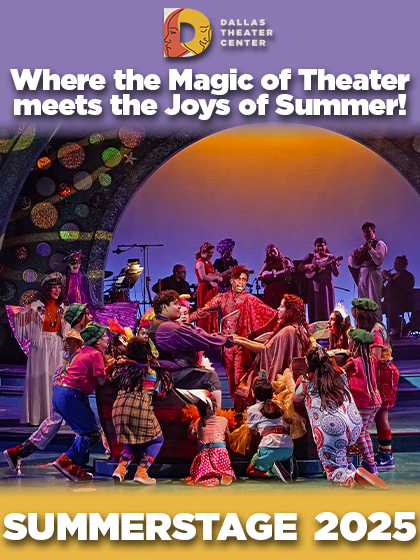



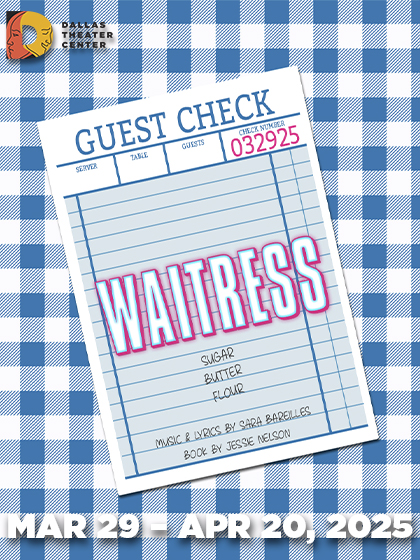

%20copy.png)





